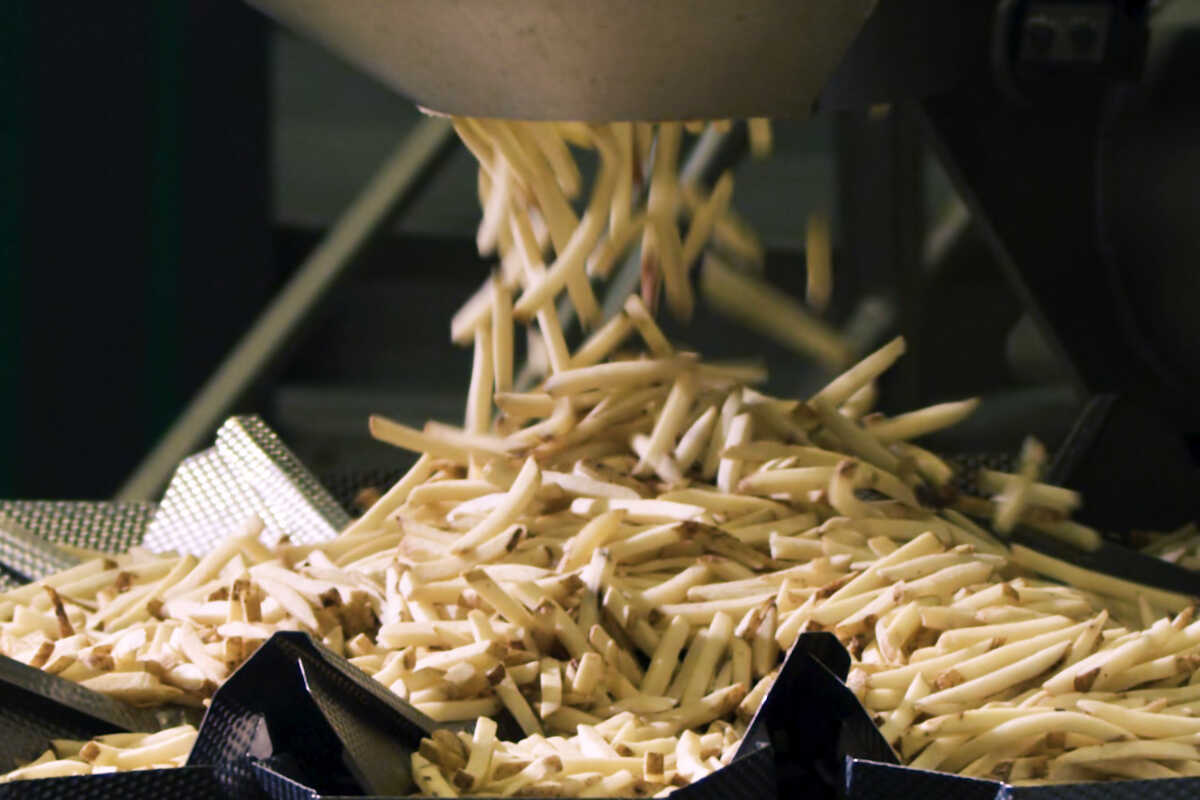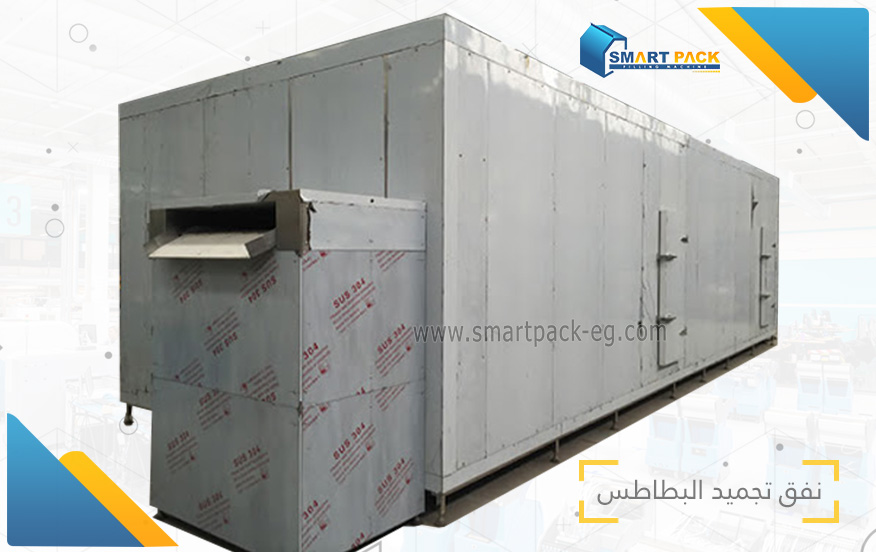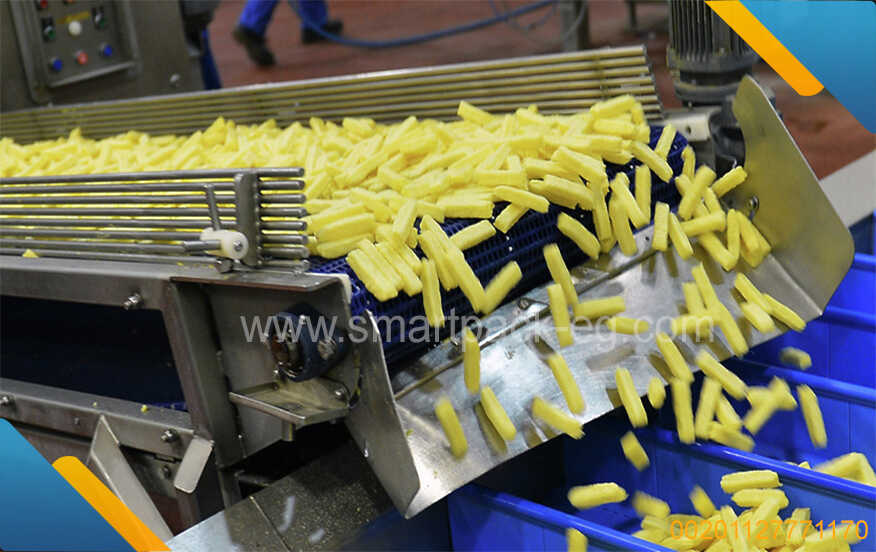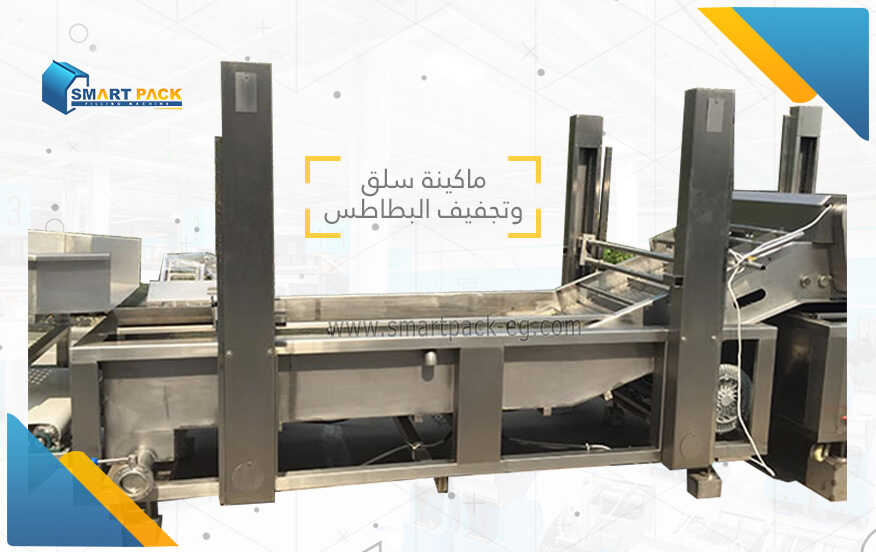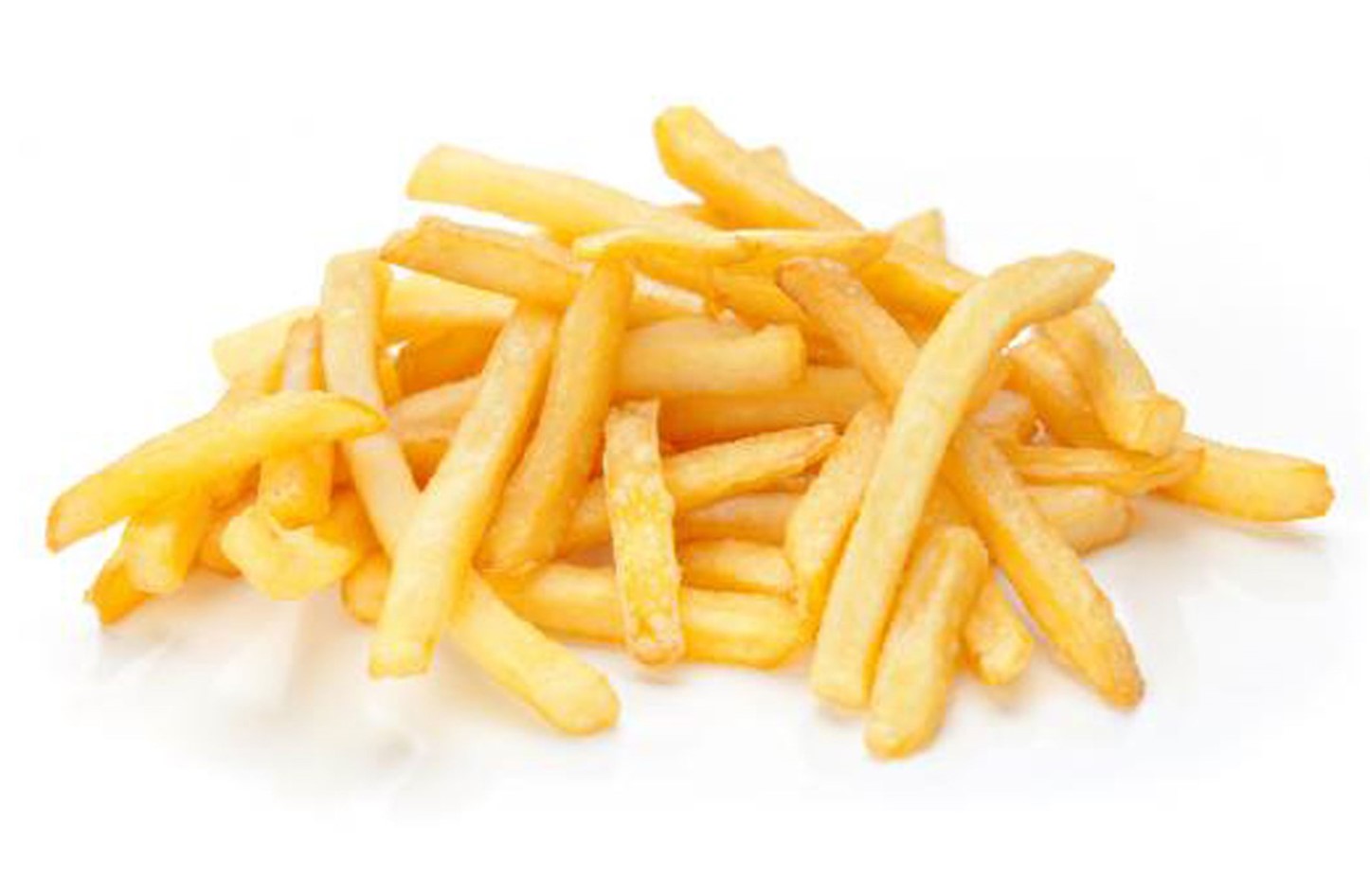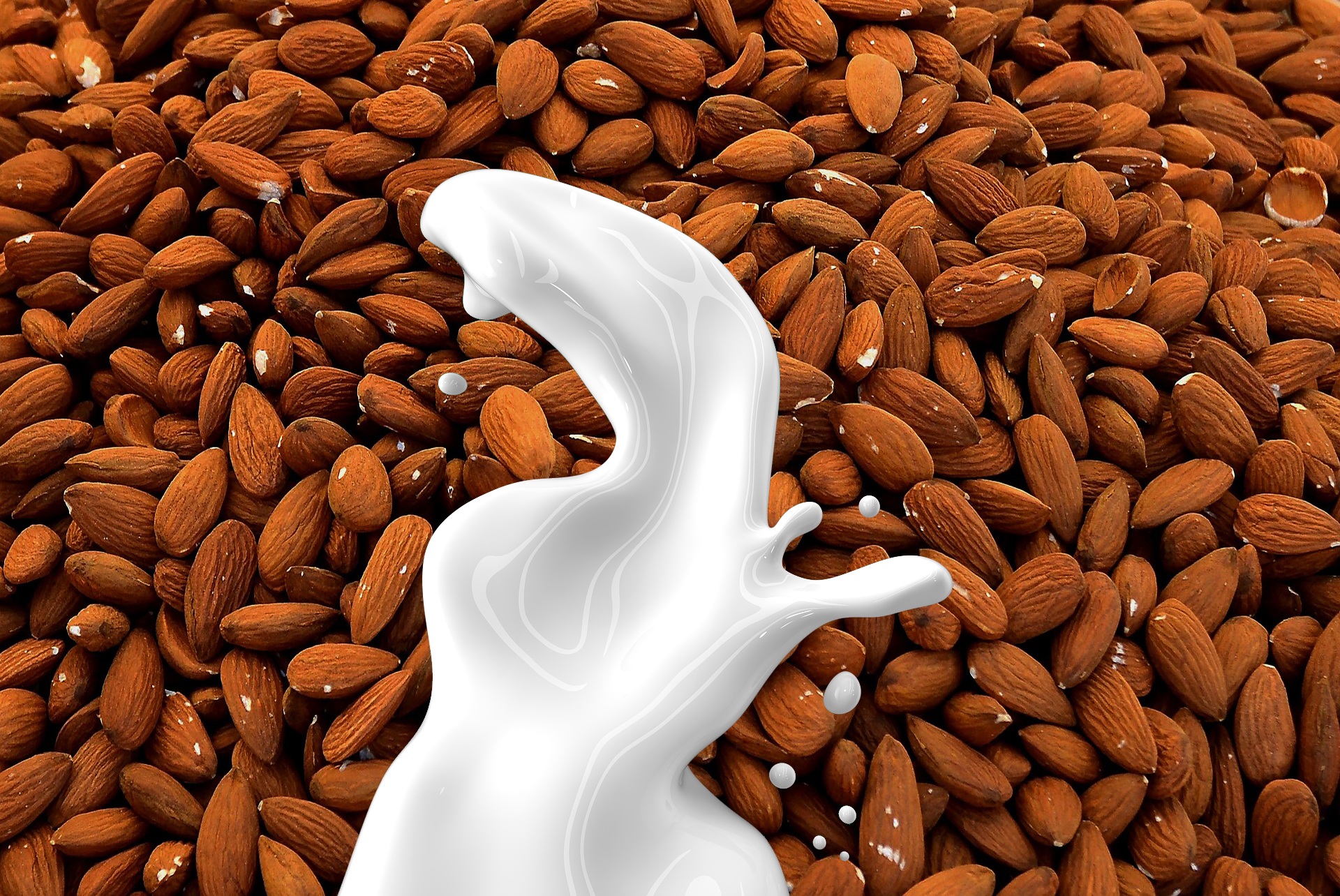How To Guide: Tomato Sauce Production and Filling Machines
Introduction:
Tomato sauce is a popular condiment loved by people all around the world. To meet the market demand efficiently, many manufacturers rely on modern technology such as tomato sauce production and filling machines. These machines not only enhance productivity but also ensure consistent quality. In this guide, we will explore the different types of tomato sauce production and filling machines, delve into their components, and outline the processing method involved.
Types of Tomato Sauce Production and Filling Machines:
-
Tomato Washing Machine:
- Removes dirt, debris, and impurities from the tomatoes.
- Improves hygiene and cleanliness during processing.
-
Tomato Sorting Machine:
- Classifies tomatoes based on their size, shape, and quality.
- Ensures uniformity in the final product.
-
Tomato Crushing Machine:
- Crushes the tomatoes into pulp or puree.
- Facilitates easy extraction of juice and enhances flavor.
-
Tomato Paste Machine:
- Further processes tomato pulp into concentrated paste.
- Removes excess water, enhancing shelf life and intensifying the taste.
-
Vacuum Filling Machine:
- Fills bottles or containers with tomato sauce.
- Ensures precise measurement and minimizes spillage.
Components of Tomato Sauce Production and Filling Machines:
-
Hopper:
- A container where the tomatoes are loaded.
- Facilitates the continuous feeding of tomatoes during processing.
-
Conveyor Belt:
- Transports the tomatoes from one machine to another.
- Minimizes manual handling and increases efficiency.
-
Crushing Blades:
- Mechanisms responsible for crushing the tomatoes.
- Consist of sharp blades or rollers that extract pulp effectively.
-
Heat Exchanger:
- Helps in rapid heating or cooling of tomato sauce.
- Maintains the desired temperature for proper preservation.
-
Filling Nozzles:
- Dispenses tomato sauce into bottles or containers.
- Ensures a smooth flow and prevents spillage.
Processing Method:
-
Sorting and Washing:
- Tomatoes are sorted based on size and quality.
- They are then thoroughly washed to remove dirt and impurities.
-
Crushing and Extracting the Pulp:
- Tomatoes are fed into the crushing machine for pulp extraction.
- The pulp is separated from the skin and seeds.
-
Processing into Tomato Paste:
- The tomato pulp is further processed in a tomato paste machine.
- Excess water content is reduced through evaporation, resulting in concentrated paste.
-
Heating and Cooling:
- The tomato paste is heated to a specific temperature, killing any bacteria.
- It is then quickly cooled to preserve freshness and flavor.
-
Filling and Packaging:
- The tomato sauce is filled into bottles or containers using a vacuum filling machine.
- The filled containers are sealed and labeled for packaging and distribution.
Conclusion:
Tomato sauce production and filling machines have revolutionized the way tomato sauce is manufactured. These machines ensure consistent quality, increased productivity, and efficient processing. By understanding the different types and components of these machines, as well as the processing method involved, manufacturers can produce high-quality tomato sauce to meet the demands of consumers worldwide.

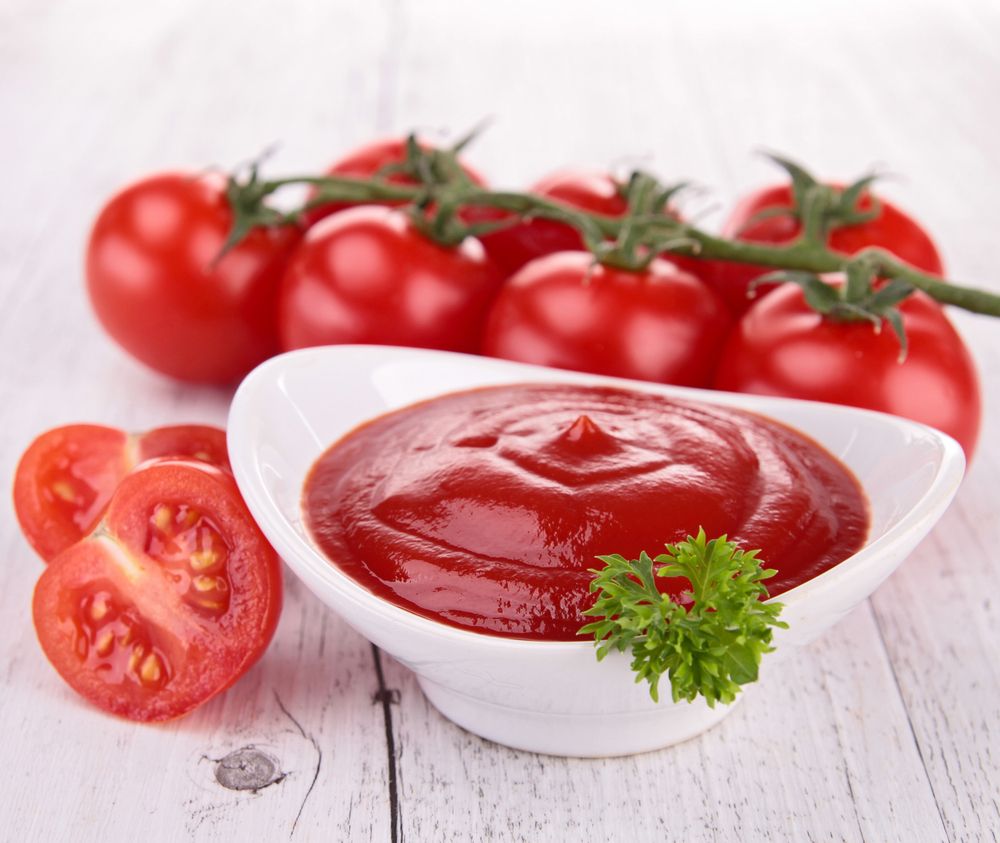
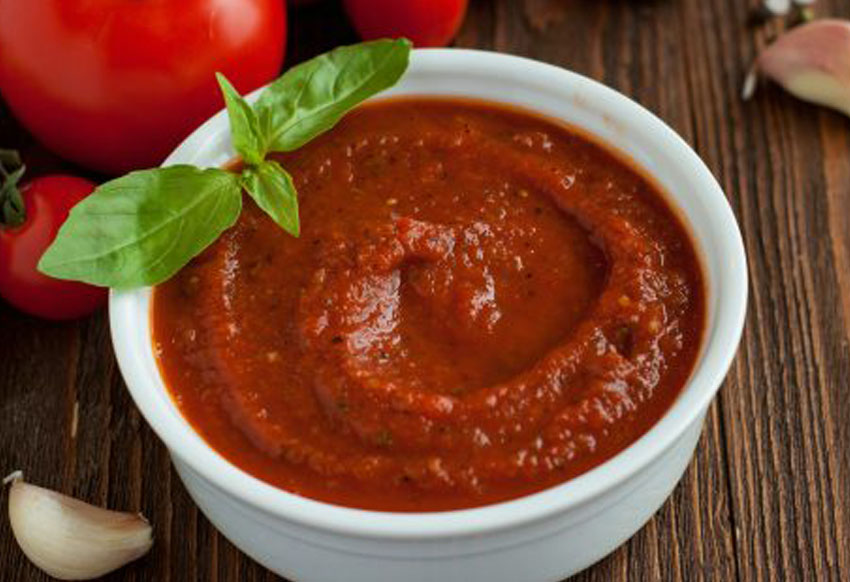
 Admin
Admin 